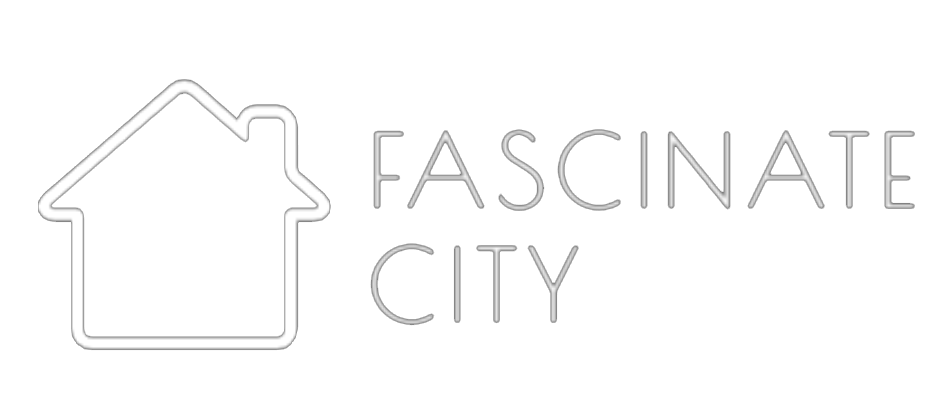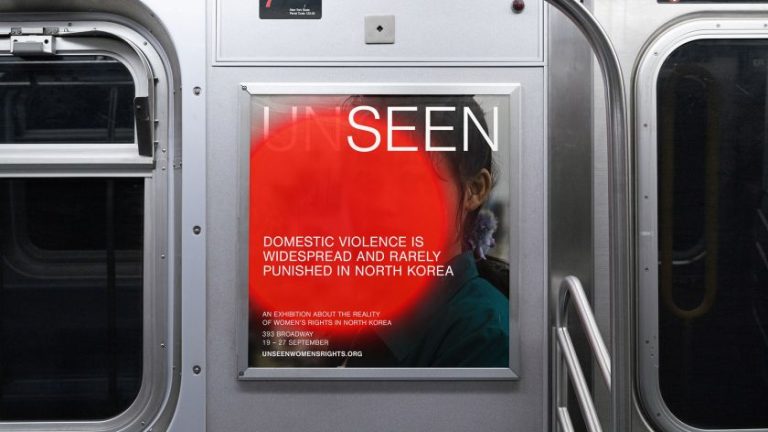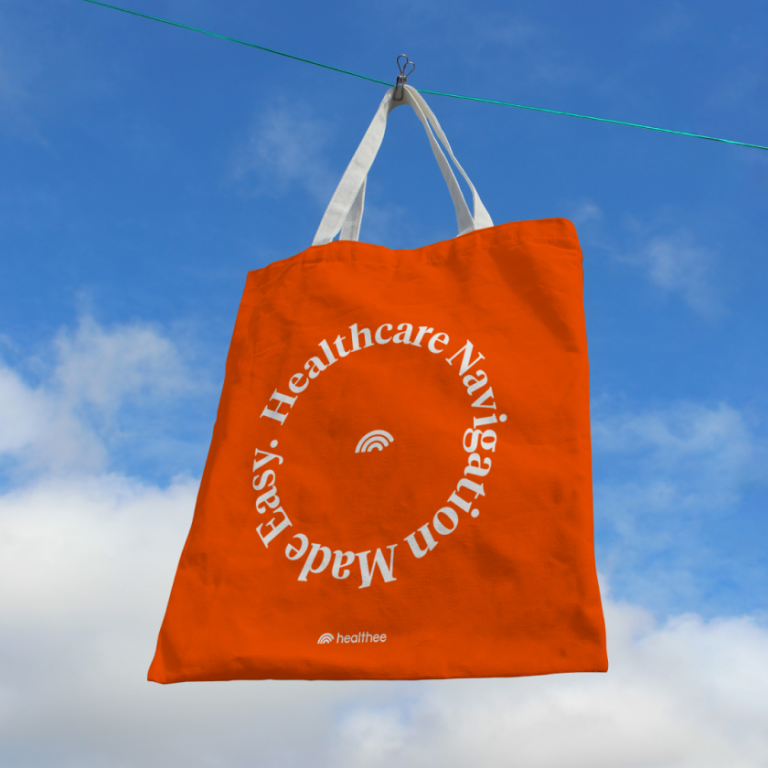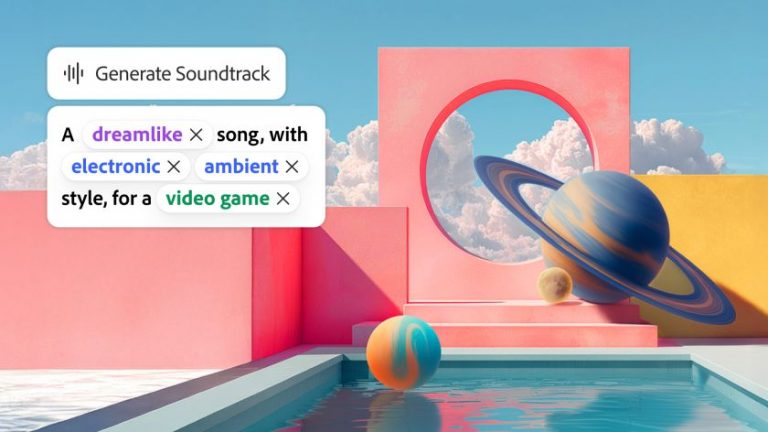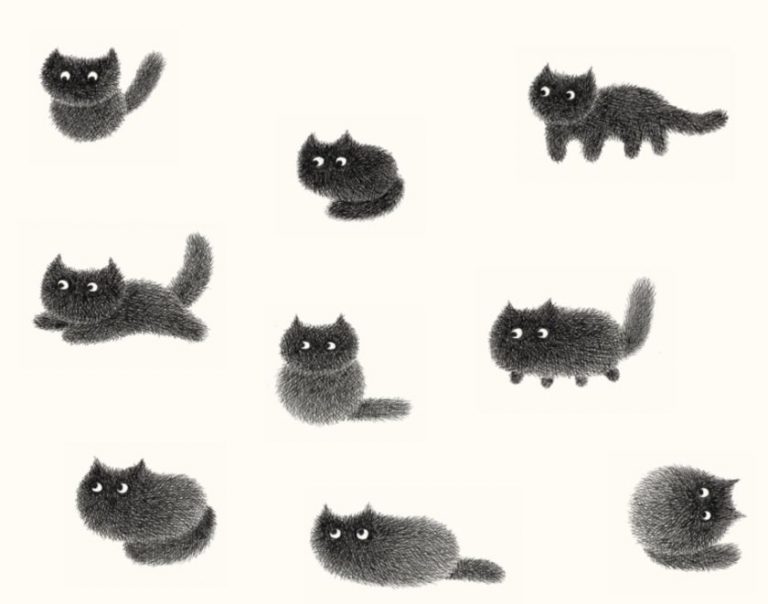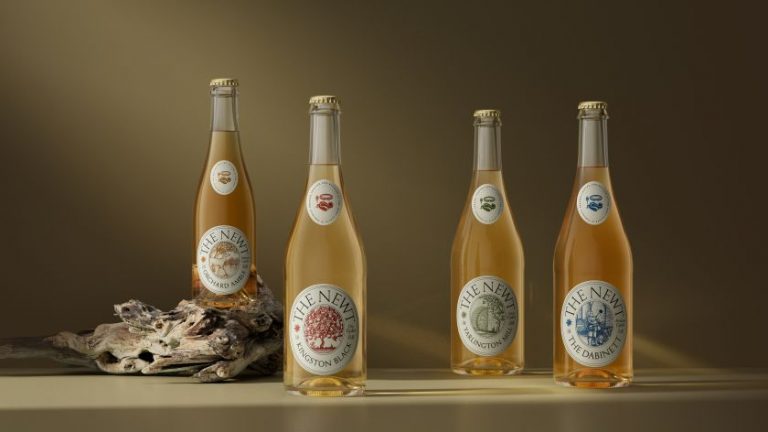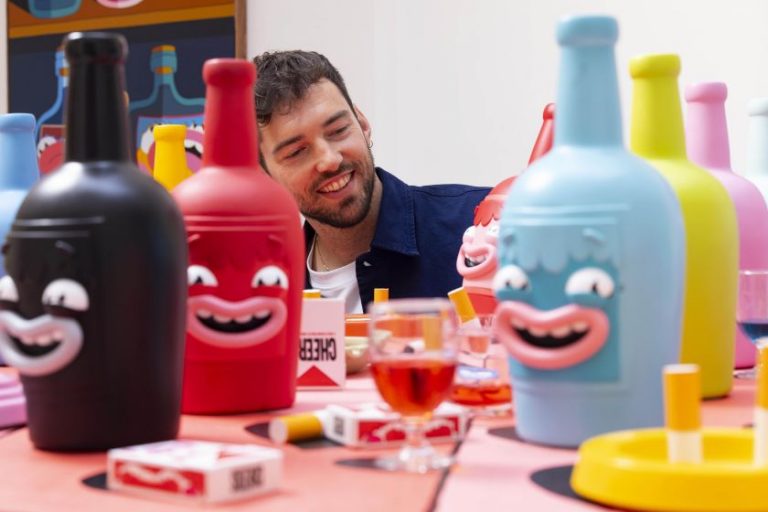Once considered relics of advertising’s golden age, brand mascots are making a surprising comeback. Ami Werner, Bulletproof’s head of strategy, explains why these characters still have cultural clout and how the next generation of mascots is evolving for an AI age.
For a while, it seemed like mascots like Tony the Tiger, the Duracell Bunny, and the Pillsbury Doughboy that once ruled TV screens might be on the way out. Fast forward to today, though, and they’re actually still thriving.
Bulletproof’s recent refresh of the Brawny Man also proves that mascots are here to stay after the work was crowned the “Best Brand Refresh of the Year” by Marketing Dive. Perhaps the most noticeable difference is that these fun-loving characters have swapped Saturday morning TV slots for social media feeds, with some even achieving viral status.
According to Ami Werner, Head of Strategy at Bulletproof, the thing that’s driving the resurgence is the way mascots cut through today’s cluttered digital landscape. She says: “In a fragmented, fast-scroll world, brand mascots are an instant visual shorthand because they’re ownable, memorable, and culturally magnetic.
“Modern mascots mark a break from ‘blanding’ by bringing a balance of personality and neo-nostalgia. And unlike celebrities, they can shapeshift endlessly sans baggage (for the most part), building brand equity every time, and everywhere they appear.”
In other words, mascots are built for the pace and playfulness of the internet but with the staying power of heritage brands.
Balancing familiarity with reinvention
When reviving brand assets with significant equity and heritage, the key challenge is determining what to retain and what to modify. Getting this wrong could mean losing everything that makes the character valuable.
When Bulletproof worked on updating the Brawny Man and Snuggle Bear, Ami says the starting point was identifying the “memory structures”, which she defines as those visual or behavioural cues that instantly link back to the brand.
“With Brawny Man, it’s the plaid shirt, stance, and strength, and with Snuggle Bear, it’s the softness, innocence, and voice,” she explains. “We kept these intact while updating context, modernising the styling, tone, or scenarios to reflect current cultural values and aesthetics as well as maintaining what is recognisable and intrinsic to the brand yet relevant.”
More than a pretty face
How a mascot looks is just one piece of the puzzle, and while visual tweaks have to be carefully considered, its voice, behaviour, and even its sense of humour are even more useful when updating it to be more relevant. These qualities can shape how consumers engage with it and relate to it beyond the visual nostalgia.
Ami points to Wendy’s as a prime example. “Wendy’s transformed its mascot into a social persona, using the brand’s Twitter account to roast competitors, banter with fans, and jump on trending memes in real time.
“Wendy’s voice became so distinct that it blurred the line between customer engagement and entertainment, resulting in millions of organic impressions, press coverage, and a brand personality that has embedded itself within cultural conversation beyond advertising media.”
This ability to “participate” in culture and not just appear in ads makes modern mascots especially memorable.
New risks, new rewards
Even the innocent brand mascots of old aren’t safe from the dreaded AI. In fact, generative AI is making it possible to conjure up characters in seconds, which means the mascot space is about to get more crowded and more complicated.
Ami explains: “In the age of AI, anyone can generate a character from a simple prompt, but only a strategic approach to design thinking can pinpoint the attributes to amplify and the equities to preserve for a mascot to truly resonate with current culture.
“The real value lies in crafting and evolving a character to align with brand ambition so it remains a living brand asset, rather than a generic algorithmic output.”
That doesn’t mean AI is all risk, and Ami also sees potential in interactive, AI-powered mascots that could literally talk to consumers in real time. “Imagine being able to interact live with an AI-powered mascot,” she says.
“Not only could it help to answer questions about the brand or product, it could go a long way in literally bringing the brand’s personality to life in engaging ways that drive fandom.”
Could the AI-boosted Duracell Bunny be telling me what batteries I might need for my TV remote? The possibilities are endless!
Should every brand have a mascot?
For some brands, a mascot is the missing piece of the puzzle, but for others, it has the potential to muddy an already clear identity.
“A mascot can be the right move when a category is commoditised, or crowded, and the brand needs a distinctive, ownable asset to stand out, or when a strong visual identity exists but lacks the personality to bring distinction,” says Ami.
She adds: “Mascots can also be a powerful way to bring levity and emotion to brands in a complex, abstract or factual category (insurance, we’re looking at you!).” Can you imagine Compare the Market without the beloved meerkats Aleksandr Orlov and Sergei?
However, if a brand already has powerful, longstanding visual equity, a human spokesperson, or a purpose that could be diluted by introducing a character, they might be better off admiring mascots from afar than inviting one into their own world.
Mascots as growth engines
The reason mascots keep bouncing back isn’t nostalgia alone. From Bulletproof’s research, they’re clearly doing some heavy lifting too. Their data shows that mascot-led campaigns deliver higher ad recall, stronger brand favourability, and increased purchase intent compared to non-character advertising.
Brands that invest in refreshing those mascots with care, keeping their core intact while making them culturally relevant, will see them become revenue-driving assets, not just icons.
It seems likely that our feeds will soon look like a reunion of childhood favourites, which is a much-welcome brand trend in our eyes!
